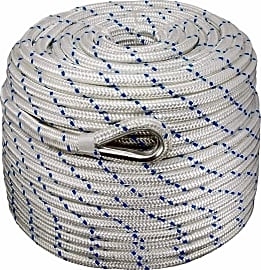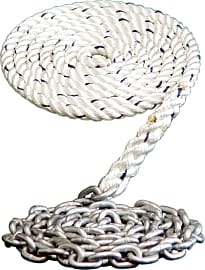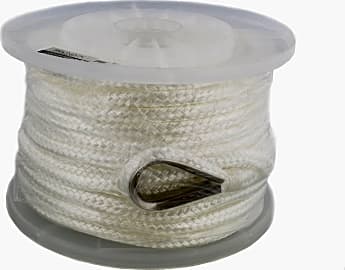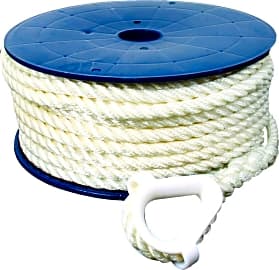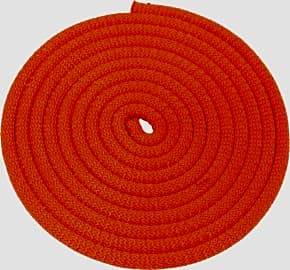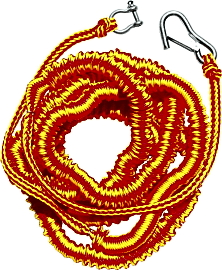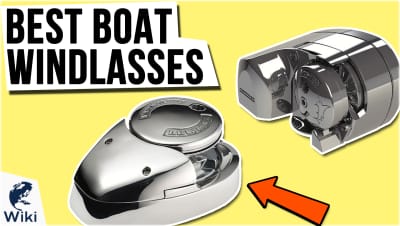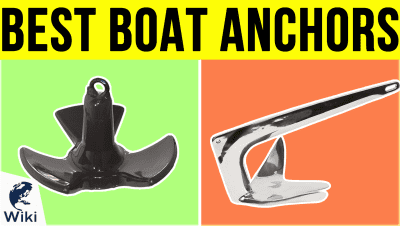The 8 Best Anchor Lines

This wiki has been updated 24 times since it was first published in July of 2018. Whether you're looking to moor at a dock, or anchor at sea or on a lake while you enjoy the scenery, you'll want to ensure your vessel is safe and secure when it's not in motion. Made from a range of durable materials, these lines deliver the strength and elasticity needed to keep boats in place even when the weather turns. Remember to select the right diameter for the size of your boat. When users buy our independently chosen editorial recommendations, we may earn commissions to help fund the Wiki.
Editor's Notes
June 12, 2020:
Added the Dark Horse Marine RC-0250.
Nylon ropes like the Extreme Max BoatTector are the most common rodes used because of the properties of braided nylon: excellent elasticity, abrasion resistance, and fair UV protection. Elasticity is often a welcomed characteristic for anchoring since it helps dampen the forces that may put too much stress on your boat's components. The Dark Horse Marine RC-0250 is compatible with windlasses and also incorporates a chain which helps set the anchor and protects the rode from breaking due to rocks and other debris near the seabed. We should note however that we included the polyester SGT Knots and promoted its lack of elasticity. This is because there are many scenarios where an elastic rope is undesirable (running rigging, towing, etc.). If your polyester rope is not dampening enough, you can always let out some more rode.
If you need to determine the length of anchor line you need, just calculate it by multiplying the maximum expected anchoring depth by 8; for 30 feet deep, you'll need a 240-foot rode. For rope diameter, you need an 1/8th of an inch for every 9 feet of boat; for a 27 foot boat you'll need a 3/8th-inch diameter rode.


